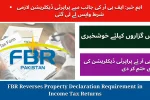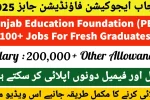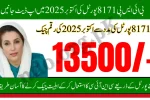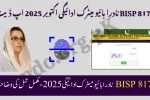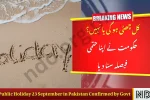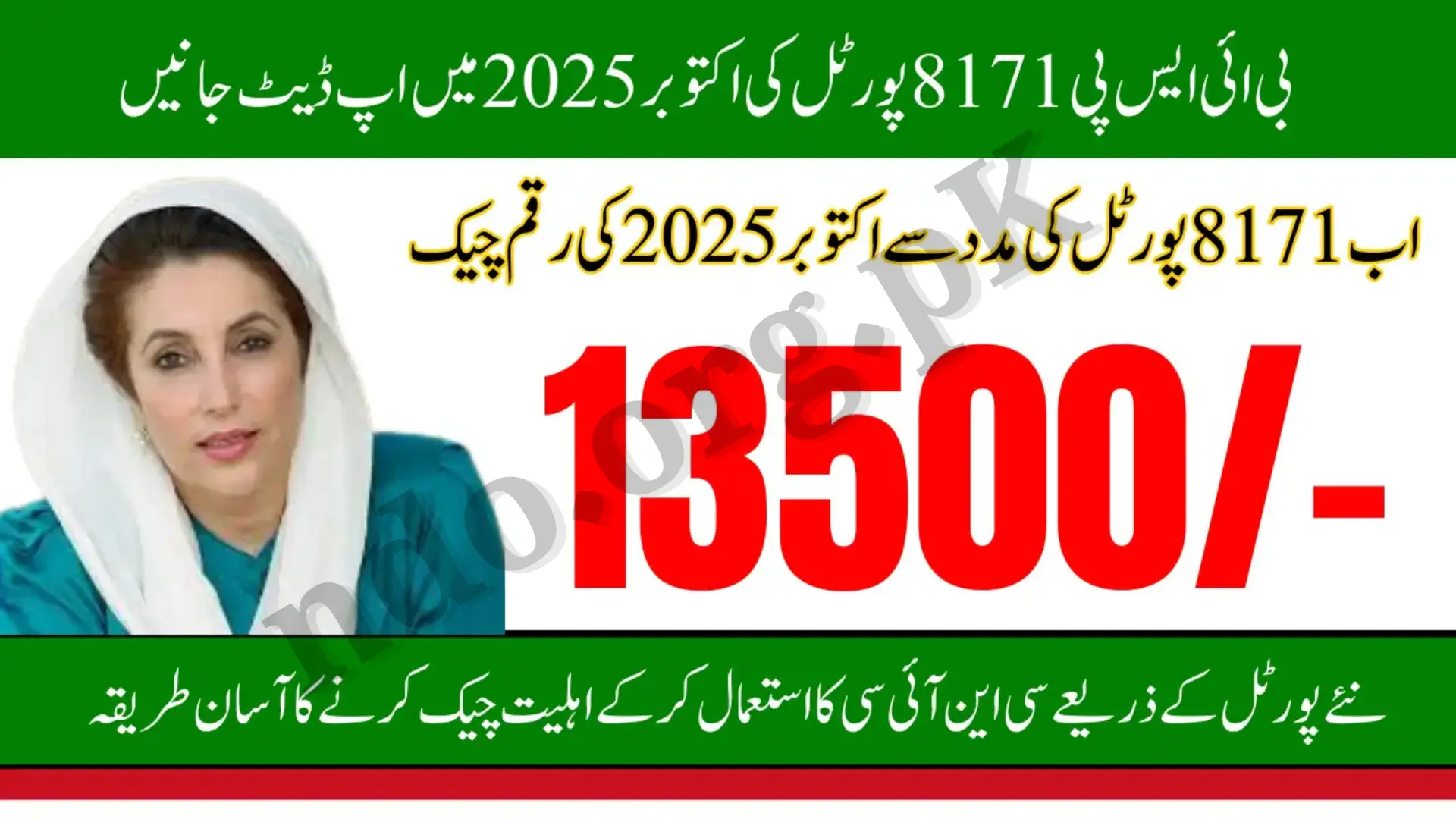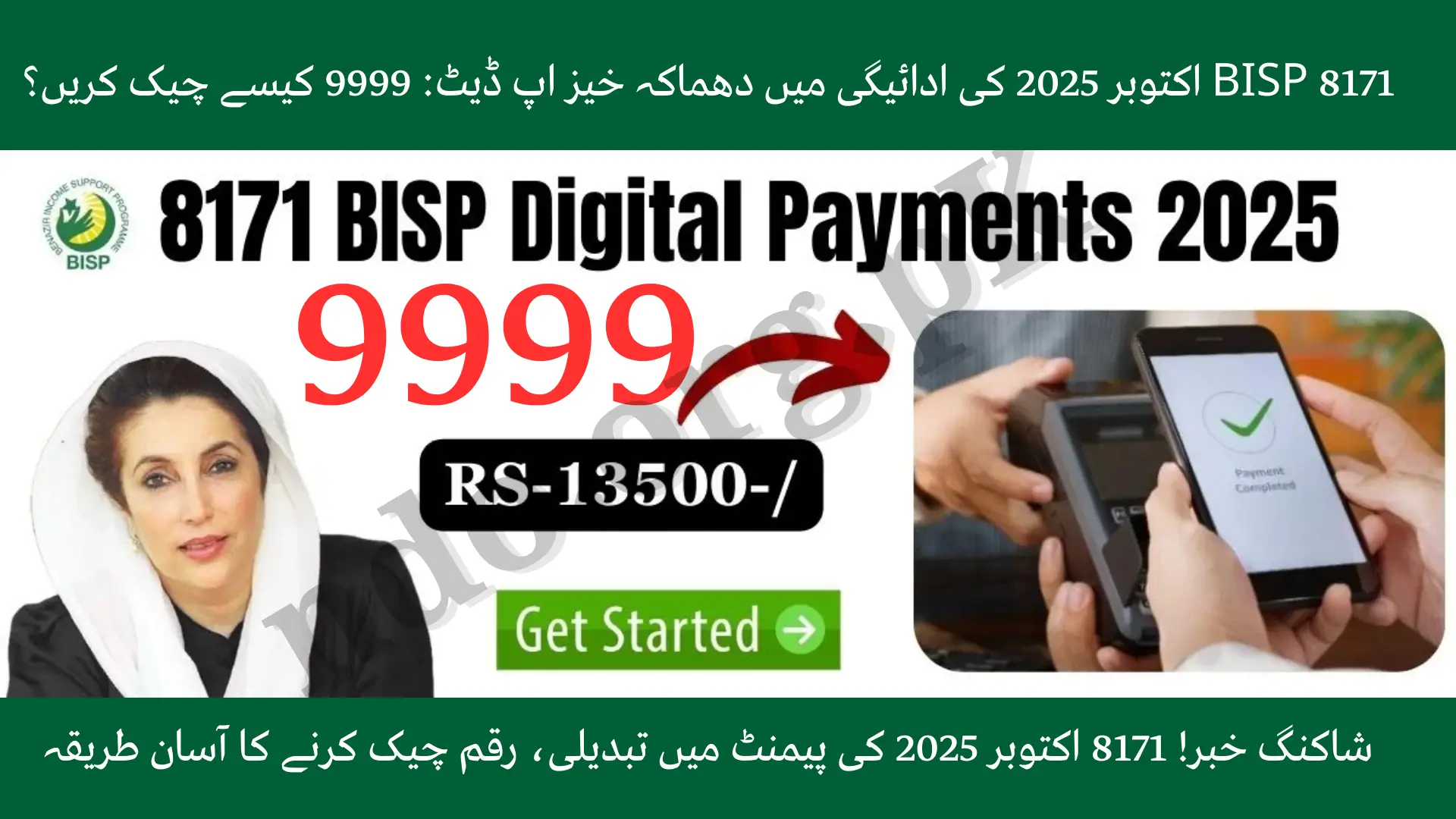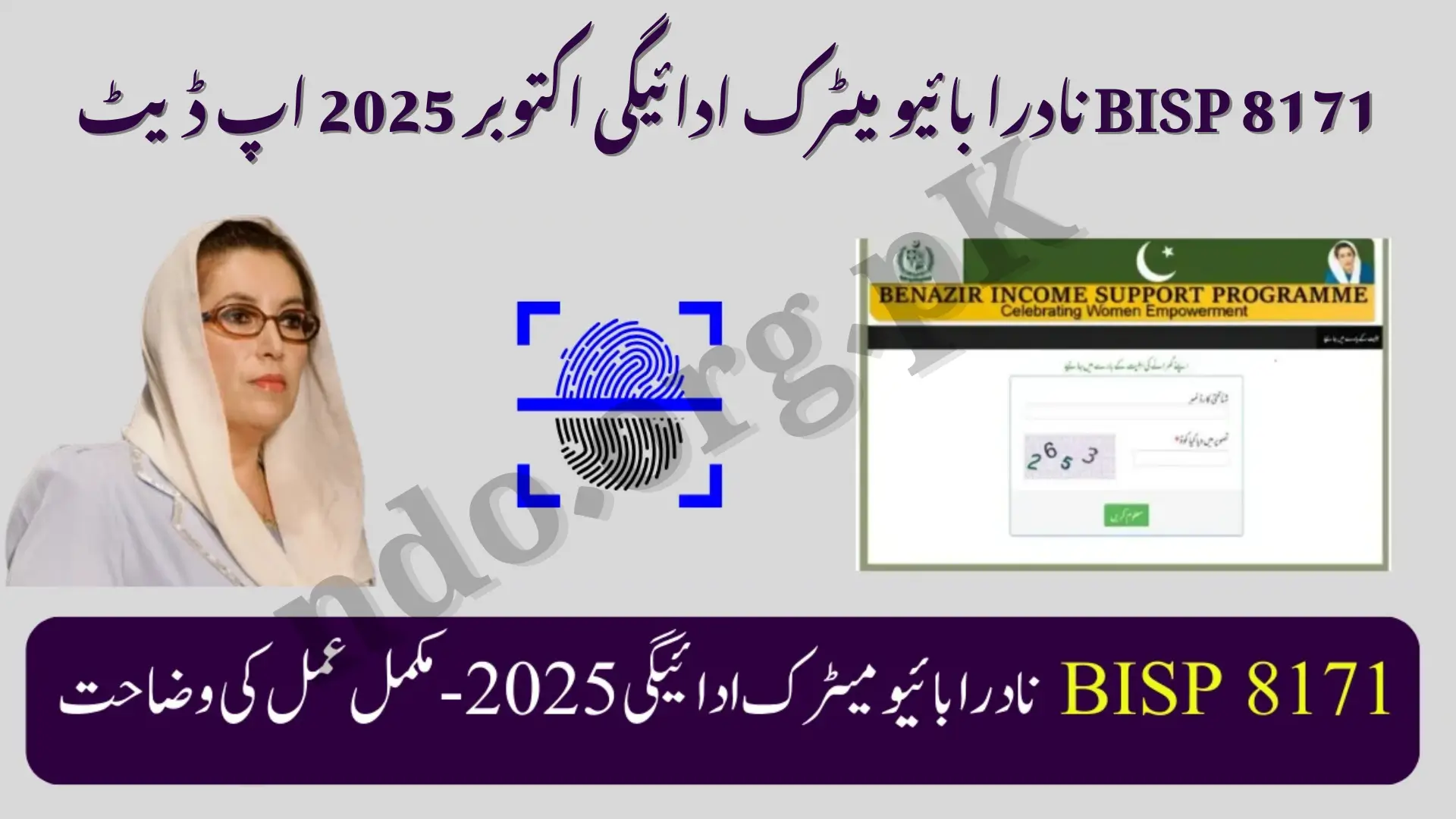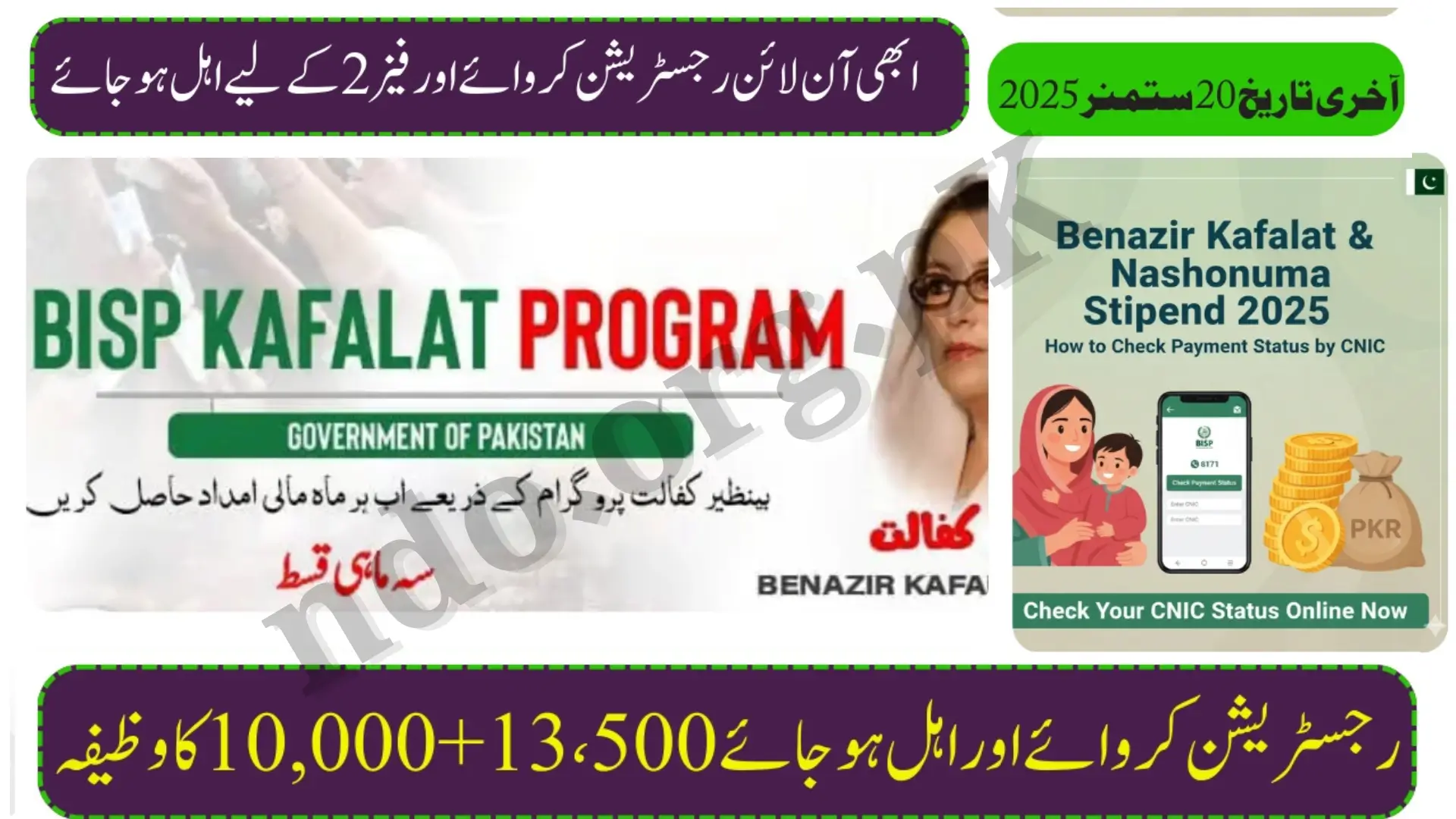Looking for quick facts on the Sindh Distribute Benazir Hari Card initiative? Here’s the crisp update. The government is rolling out Benazir Hari Card 2025 to newly registered farmers, with Sindh Bank handling phased distribution. Alongside, an 80% solar-powered drip irrigation subsidy will cut costs and boost yields in 2025.
What’s launching under Benazir Hari Card 2025
The Sindh government—under the directives of Bilawal Bhutto Zardari and the Chief Minister of Sindh—is pushing two farmer-first moves:
- Cash support via Benazir Hari Card (issued by Sindh Bank)
- Solar-powered drip irrigation subsidy to reduce electricity bills and save water
Who’s already in?
Sardar Muhammad Bux Mahar (Agriculture Minister) confirmed 80,000 farmers have completed registration. 50,000 cards will be issued in the last week of this month, with remaining cards released every 20 days until coverage is complete.
Program Snapshot (Quick Table)
| Item | Details |
|---|---|
| Registered Farmers | 80,000 (newly registered) |
| First Batch | 50,000 cards (last week of the month) |
| Distribution Cycle | Every 20 days (phased) |
| Issuing Bank | Sindh Bank |
| Solar Subsidy Share | 80% Government / 20% Farmer |
| Land Eligibility (Solar) | 5–25 acres |
| Application Deadline (Solar) | September 20 |
| Support Goals | Lower costs, higher productivity, water saving |
Solar-Powered Drip Irrigation: Why it matters
Lower bills, higher efficiency. Solar drip reduces energy costs and delivers precise watering—ideal for smallholders in 5–25 acres. With 80% government support, growers only cover 20% of system costs.
Eligibility & application (at a glance)
- Landholding: 5–25 acres
- Payable share: 20% (farmer contribution)
- Apply by September 20 (solar scheme)
Tip: Need to confirm personal welfare eligibility elsewhere? Use 8171 for CNIC checks related to relevant federal schemes (when applicable).
What farmers gain (benefits)
- Direct financial relief via Hari Card
- Lower input costs with solar drip systems
- Water conservation and better yields
- Predictable rollout (phased distribution through Sindh Bank)
How distribution works (simple steps)
- Registration verified by Agriculture Department
- Sindh Bank issues cards in scheduled phases
- Farmers receive card and start using approved benefits
- Solar applicants deposit their 20% share; installation scheduled
FAQs (Schema-friendly)
Q1. Who is eligible for the Benazir Hari Card 2025?
Registered farmers verified by the Sindh Agriculture Department. Priority is for newly registered beneficiaries in 2025.
Q2. When will I get my card?
The first 50,000 cards are issued in the last week of this month; remaining cards roll out every 20 days until completion.
Q3. How does the solar drip subsidy work?
Government pays 80%, farmers pay 20% for solar-powered drip irrigation on 5–25 acres. Apply by September 20.
Q4. Which bank is involved?
Sindh Bank manages issuance and phased delivery of the Benazir Hari Card.
Q5. Can I check related eligibility with 8171?
For federal welfare verification (where relevant), use 8171 for a CNIC check. This is separate from provincial card distribution.
Conclusion
The Sindh Distribute Benazir Hari Card drive pairs direct farmer support with an 80% solar drip subsidy—a practical mix that lowers costs, saves water, and lifts productivity. With 80,000 farmers registered and Sindh Bank running phased issuance, Benazir Hari Card 2025 is set to strengthen smallholder resilience across Sindh in 2025.



